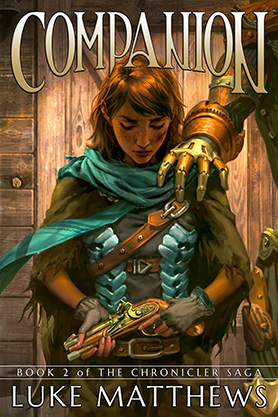
Story by Kevin McCarthy
Art by Paolo Pantalena
Epoch tells the tale of a popped-collar action hero caught in the middle of the age old conflict between fiery blue demons and super-goateed angels in their battle for supremacy on earth. The story centers around Jonah, a New York detective investigating a series of grisly murders who finds out quickly that there’s more to this case than he could have imagined.
While McCarthy’s writing isn’t bad, there’s nothing really special about it either. He neither inundates the reader with exposition nor trusts them to figure things out, which makes the comic read strangely like a textbook. There are parts where a great deal of text could have been removed (like a pursuit scene where Jonah recaps the whole first half of the book), and doing so would have streamlined the story into something more entertaining than informative.
Anyone familiar with Top Cow knows what they’re getting artistically. In this case, Paolo Pantalena’s art is a solid mix of Turner-esque action and manga stylings ala Udon. Pantalena’s a decent enough artist, but his style just doesn’t fit this story. Every car’s a Lamborghini, every gun’s a high-tech paramilitary weapon, and don’t get me started on Jonah’s Ming The Merciless jacket. The writing here would have been better served by a more grounded, even gritty style.
I feel like I’ve seen this cookie-cutter approach to Heavenly conflict a few too many times. While reading Epoch, it reminded me of how a manga might approach The Prophecy, and by the time I finished it I just wanted to go watch The Prophecy.



